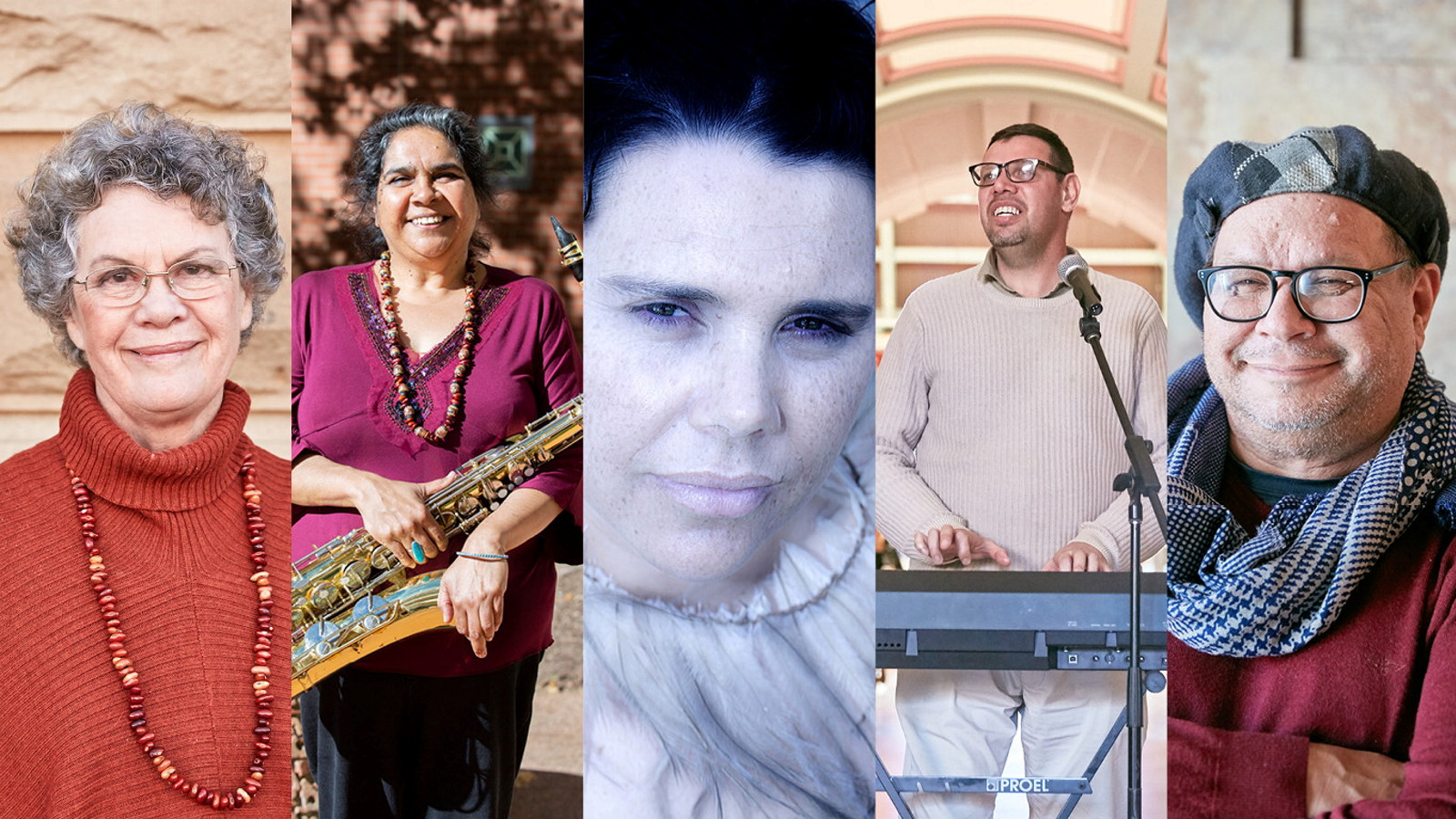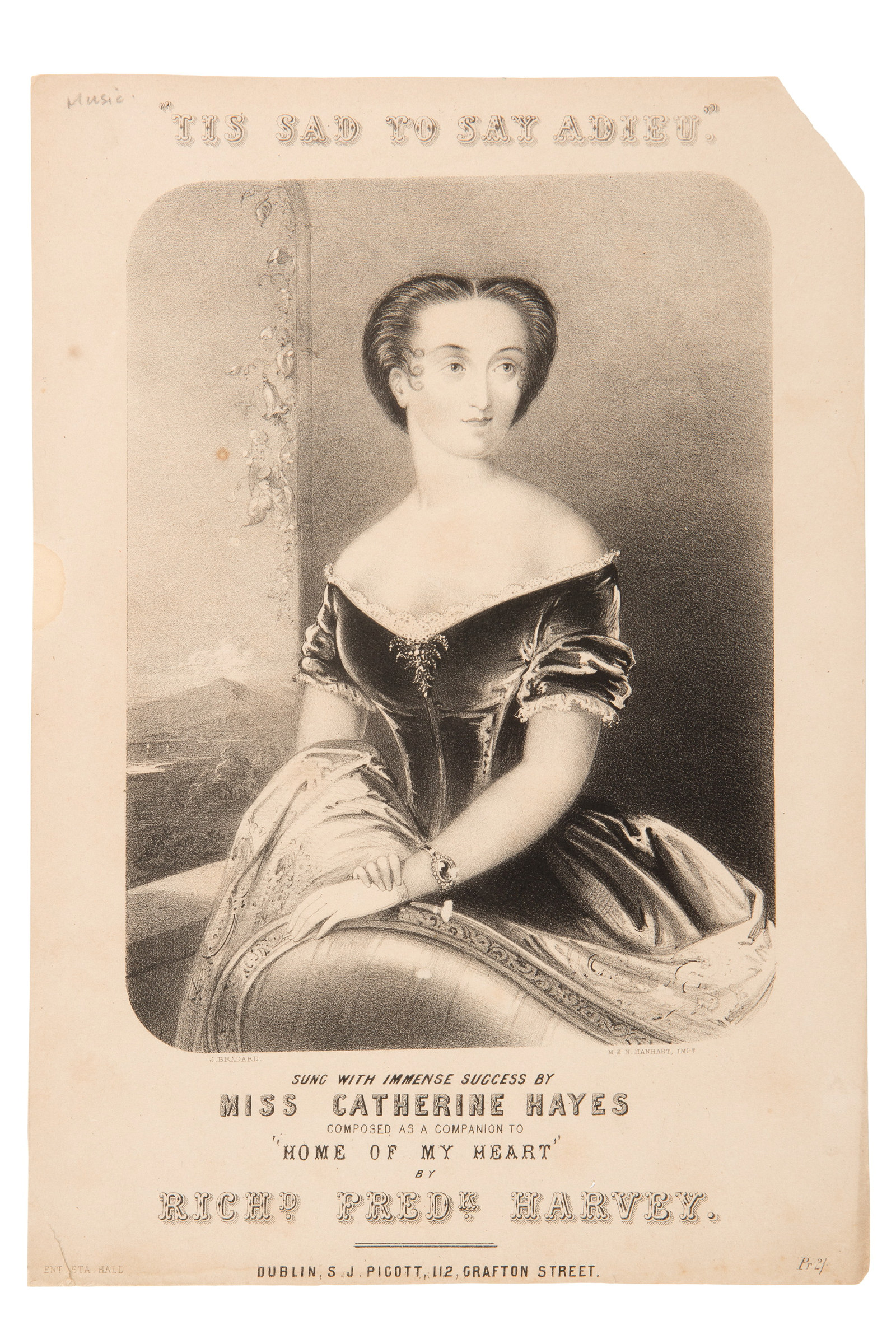The Odyssey of an Early Australian Piano
Imagine for a moment if all the old pianos lying around Australia could speak. One can only guess at the stories they would tell and the emotional highs and lows they have shared with their owners through music over the years.
It may come as a surprise to many, but the piano has been part of Australian musical life for over 230 years. Australia’s first piano was unloaded from the First Fleet's HMS Sirius, along with the stores for the new colony, in early 1788. Its owner, surgeon George Worgan, gifted the piano to settler Elizabeth Macarthur who reported, in 1791, that she had quickly mastered 'God Save the King' and 'Foote's Minuet'.
Over the next few decades the trickle of pianos into the colony grew into a small but steady flow – each instrument facing an arduous journey to its new home. One such piano began its odyssey on 8 February 1837, leaving the workshop of John Broadwood & Sons, London, and transported over 500 kilometres to ‘Georgefield’, a farm near the town of Langholm in south-west Scotland. This particular mid-priced piano was called a square piano (although actually rectangular in shape) and was the equivalent of the common upright piano we know today.
The piano’s proud new owners, James and Wilhelmina Murray, had commissioned large family portraits only a few months earlier in what appears to have been an ambitious refurbishment of their home. The Murray family made the most of their new piano, enjoying dance music, Scottish songs and duets for four hands.
Within five years the piano was once again on the move, carted by the Murrays to the port of Liverpool in the north of England, where it was loaded onto the ship Templar along with their ten children and household possessions. Arriving in Sydney in early March 1843, the piano began the next leg of its journey through Parramatta and over the Blue Mountains to the settlement of Lithgow.
In a house in The Rocks, within hearing distance of the docks where the piano would have been loaded onto a horse and cart, lived Lucy Havens. Lucy had also recently arrived in Australia with her collection of Scottish sheet music and was just as likely to have serenaded the arrival of the Murray piano from a well-worn copy of a Gow strathspey she owned.
Onward the piano travelled, passing near St James' Church where the choir may have been practising 'First hymn for Christmas Day', recently composed by local James Johnson. Half a day later the piano trundled through Parramatta and near to the home of Miss Mary Pye. The sixteen-year-old had been studying Johann Logier's popular piano method, which consisted of composed exercises that were often taught in a room of multiple pianos in an early form of group tuition.
Soon the piano began its ascent up the Blue Mountains. It is possible that the family spent the night at the King's Arms Inn, 'Twenty Mile Hollow' (now Woodford), where they could have enjoyed a rough and ready Scottish reel or two with the licensee James Nairn. The piano laboured on over the mountain and down into the village of Lithgow. The Murrays probably stayed here a while with their old friends the Maxwells, who were also from Langholm.
Finally, it was near Lithgow, at Mount Lambie, that the Murrays built a rustic homestead called Warrawang. The piano, the family's furniture, portraits and house library would call this farm home for the next 160 years.
Played by Wilhelmina and her daughters, this modest piano was the centre of entertainment at Warrawang. The women accompanied James Murray and his sons on their flutes as well as their neighbour, William Maxwell, on his violin. They created their own house concert programmes and compiled favourite handwritten Scottish tunes in a folder they called the 'Warrawang Quadrilles'. They sang old favourites like 'My love she’s but a lassie yet' and danced to 'Les rats quadrille'. They may also have played through a set of beautiful Corelli trio sonatas, printed in around 1735, that was also found among their possessions.
In 2004, Warrawang was sold and the printed and manuscript collections transferred to the State Library of NSW. Museums of History NSW acquired a small number of surviving volumes from the Warrawang house library in 2017, while the piano itself continues to be enjoyed by the Murray descendants in its new home on the Central Tablelands of NSW.
This article first appeared on the ABC Classic website in association with the Songs of Home exhibition, Museum of Sydney, August-November, 2019.
The Warrawang Piano Playlist
- 'God save the King' AUDIO
- ‘Foote’s minuet’ AUDIO
- ‘Mr Frank Walker’s strathspey’ AUDIO
- ‘First hymn for Christmas Day’ AUDIO
- 32 Exercises from Sequel to the first companion to the chiroplast … AUDIO
- ‘The rakes of Kildare’ and ‘Mrs McLeod of Ramsay’s reel’ AUDIO
- ‘Les rats quadrille’ AUDIO
- ‘My love she’s but a lassie yet’ AUDIO | VIDEO
- Trio sonata in A minor, Op 1 no 4 AUDIO | VIDEO
Related

Songs of home
Contemporary First Peoples Composers
Australia holds one of the oldest living cultures in the world, and First Nations music making is the oldest continuing form of music making

From the collection: Catherine Hayes illustration
This sheet music cover is the only known copy of this illustration of the soprano Catherine Hayes (1818–1861), one of the world’s first international opera and concert stars
Published on
